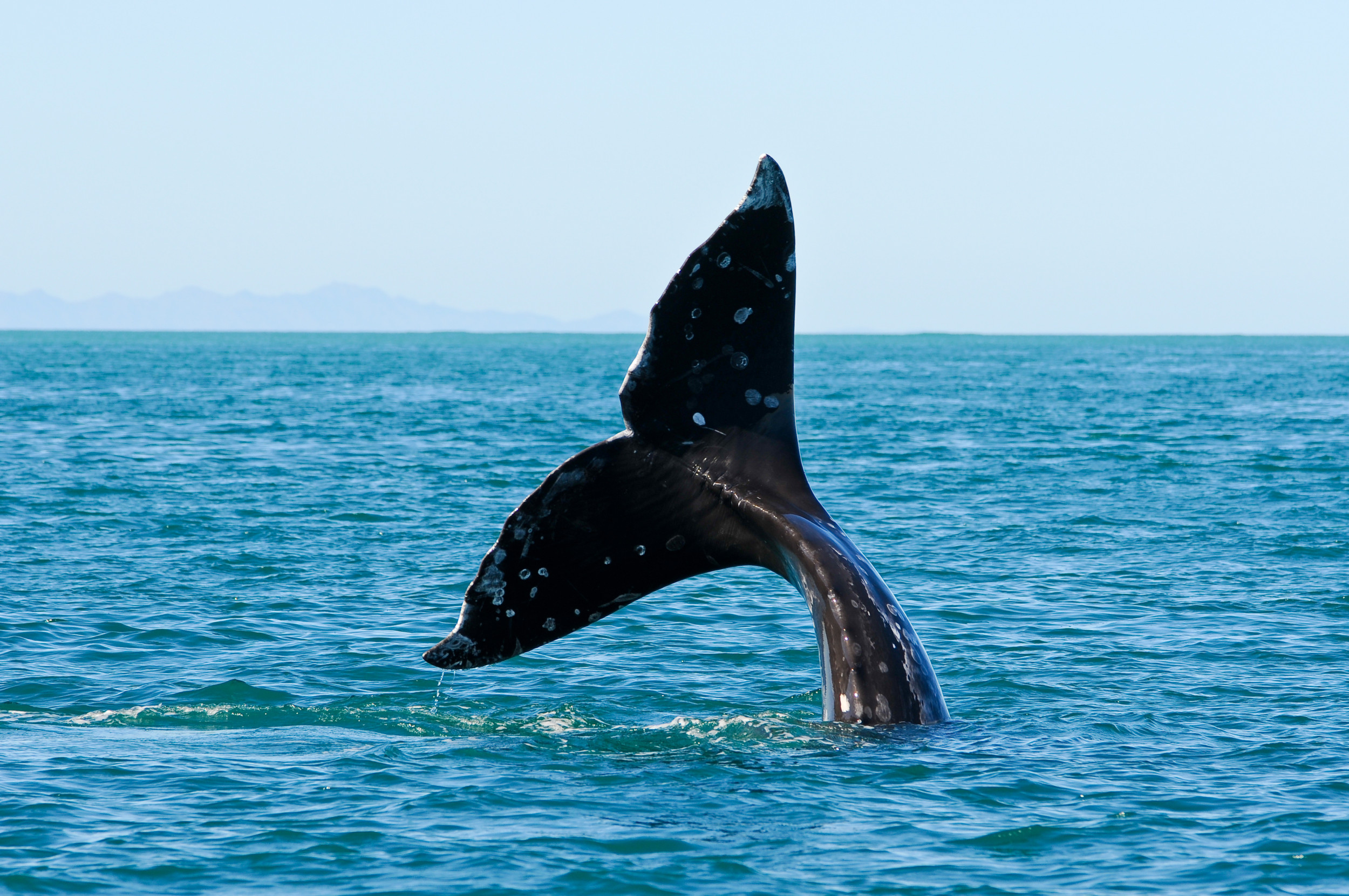Scientists may have gotten to the bottom of why gray whales keep washing up dead.
A study from the Oregon State University’s Marine Mammal Institute published in the journal Science investigated the reasons behind three mass die-offs involving the eastern North Pacific gray whale population since 1980. Scientists found that “dynamic and changing Arctic Ocean conditions” were at the root of all three.
During each of these die-offs the population reduced by up to 25 percent, the study reported. The most recent of these die-offs began in 2019 and is still ongoing.
In the two earlier mass dies-offs—where gray whales began washing up dead for a period of time in the 1980s and then again in the 1990s—the population rebounded once Arctic sea conditions improved.
The most recent and longest mass die-off which started in 2019 has been a different story.
“We are in uncharted territory now. The two previous events, despite being significant and dramatic, only lasted a couple of years,” lead author Joshua Stewart, an assistant professor with Oregon State University’s Marine Mammal Institute, said in a press release detailing the findings. “The most recent mortality event has slowed and there are signs things are turning around, but the population has continued to decline. One reason it may be dragging on is the climate change component, which is contributing to a long-term trend of lower-quality prey.”
The Eastern North Pacific gray whale population was hunted to near extinction due to commercial whaling, which ended in the United States in 1927. Since then, its population has bounced back and recovered to healthy numbers.
However as their numbers have grown, the population is becoming more sensitive to changes in their environment—and that includes sea ice levels in the Arctic, which has been rapidly changing as global climate change worsens.
The rapid changes to sea ice conditions are affecting the species’ access to food, mainly crustaceans.
A close look at long-term data sets involving these three stranding events told scientists that the numbers coincided with the length of time that gray whales had access to food before being blocked by sea ice.
“These are extreme population swings that we did not expect to see in a large, long-lived species like gray whales,” Stewart said in the release. “When the availability of their prey in the Arctic is low, and the whales cannot reach their feeding areas because of sea ice, the gray whale population experiences rapid and major shocks.”
“Even highly mobile, long-lived species such as gray whales are sensitive to climate change impacts. When there are sudden declines in the quality of prey, the population of gray whales is significantly affected.”
Stewart said there is no danger of losing gray whales due to climate change alone. However, he believes scientists should “think critically” about what these changes might mean for the future.
“An Arctic Ocean that has warmed significantly may not be able to support 25,000 gray whales like it has in the recent past,” he said.
Do you have a tip on a science story that Newsweek should be covering? Do you have a question about gray whales? Let us know via science@newsweek.com.

